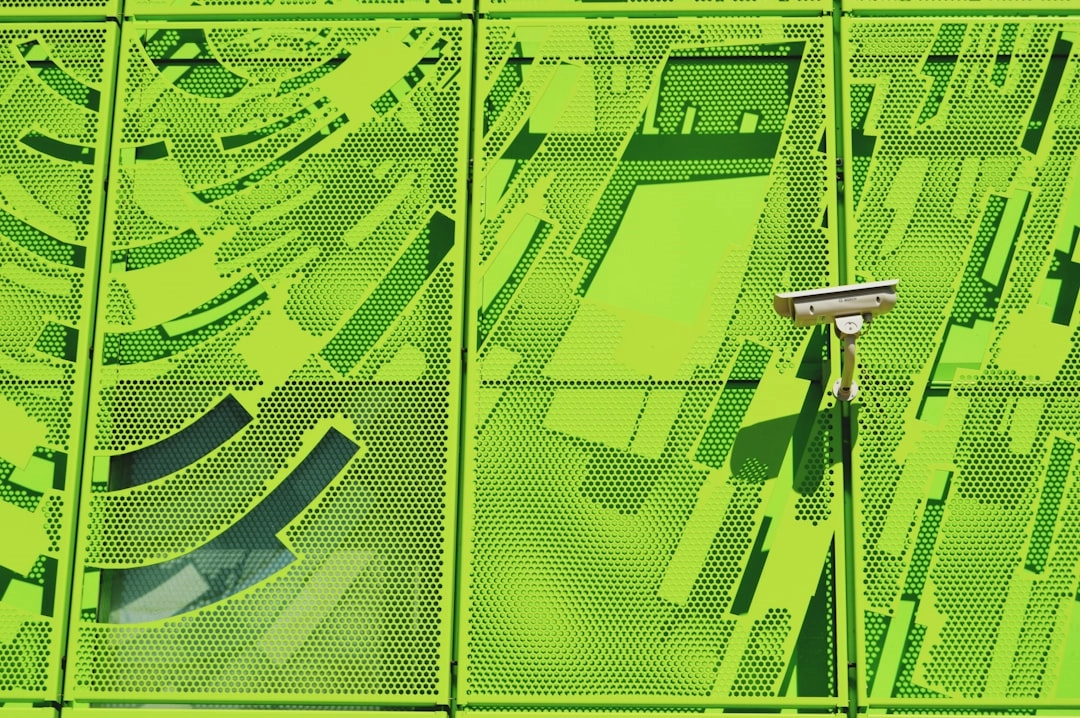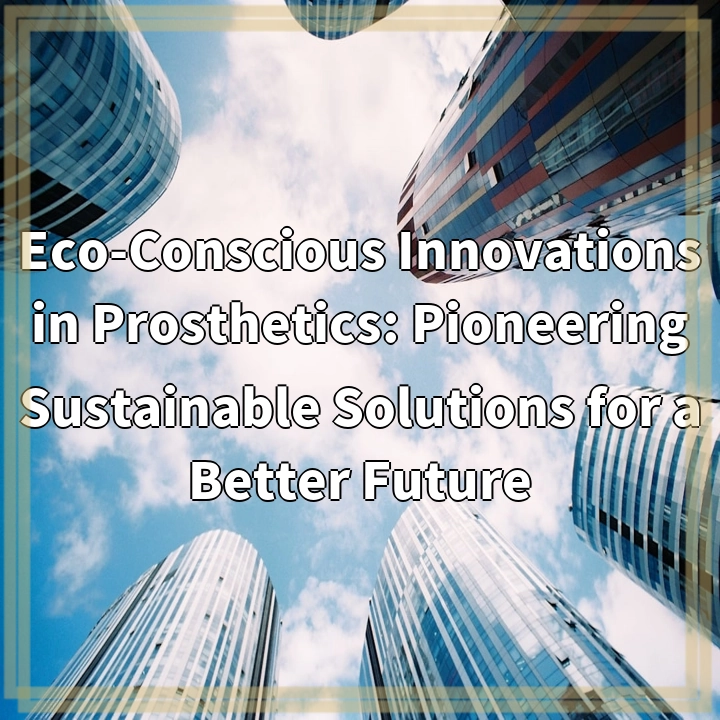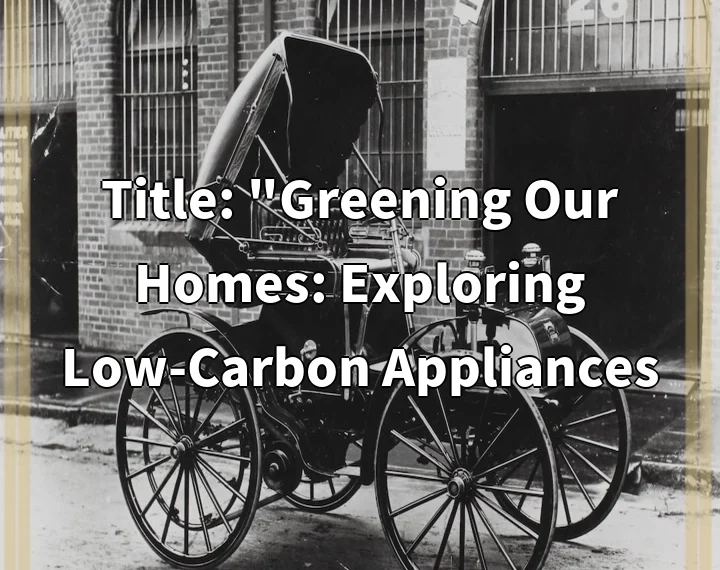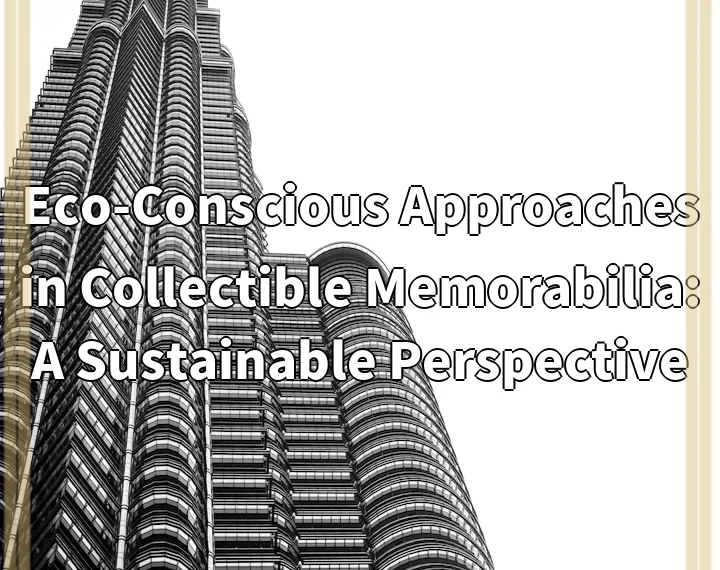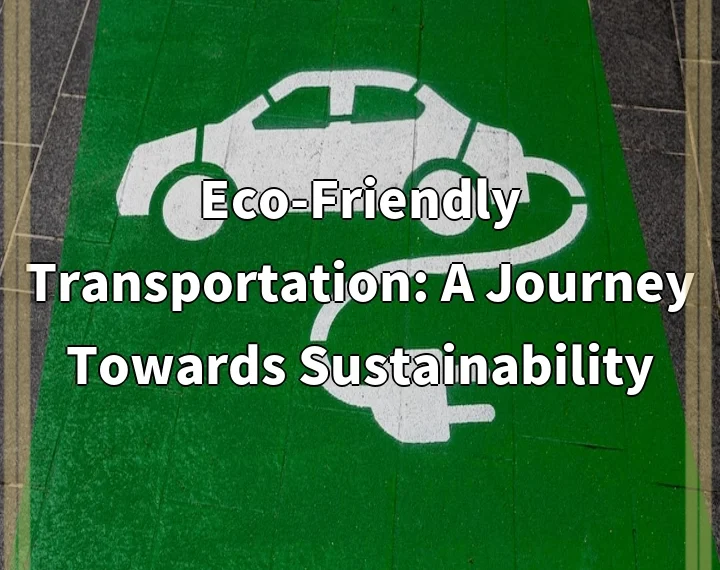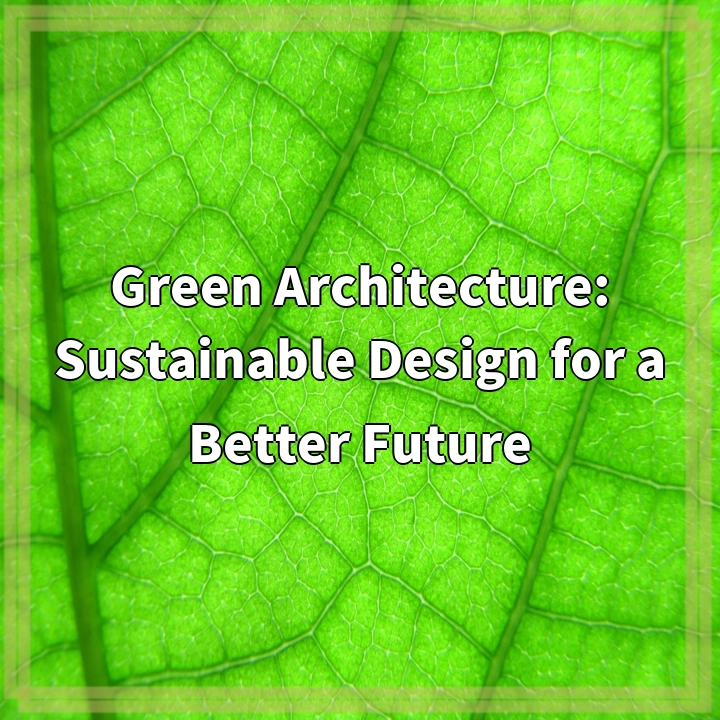
What it is:
Green architecture, also known as sustainable architecture, is an approach to design and construction that prioritizes environmental responsibility and resource efficiency throughout a building’s lifecycle. This includes the use of sustainable materials, energy-efficient systems, and innovative design practices that reduce a building’s carbon footprint and promote a healthier environment.
Key principles of green architecture involve maximizing natural light, using renewable energy sources, implementing water conservation strategies, and ensuring proper indoor air quality. By integrating these practices, green architecture not only benefits the environment but also enhances the quality of life for inhabitants.
Real-world problems:
Despite its benefits, green architecture faces several real-world challenges that can hinder its widespread adoption. One major issue is the high initial costs associated with sustainable materials and technologies. While long-term savings on energy and maintenance can be substantial, the upfront investment can be a barrier for many developers and homeowners.
Another significant challenge lies in the lack of awareness and understanding of green building practices among architects, contractors, and clients. This knowledge gap can lead to misconceptions about the effectiveness and feasibility of sustainable designs, ultimately slowing progress in the field.
Additionally, regulations and building codes that do not accommodate or incentivize green building practices can pose obstacles. In many regions, existing policies may not support or recognize the benefits of sustainable architecture, making it difficult to implement innovative solutions.
Lastly, the environmental impact of construction as a whole remains a pressing issue. Green architecture can mitigate some of these effects, but the overall demand for construction and development continues to put significant strain on natural resources. Balancing the need for new buildings with sustainability goals is a complex challenge that requires collaboration and commitment from all stakeholders.

Solutions to Challenges in Green Architecture
To address the challenges associated with green architecture, several solutions can be implemented by stakeholders in the construction and design industries.
1. Financial Incentives and Support
One effective solution to the high initial costs of sustainable building practices is the introduction of financial incentives such as tax breaks, grants, and low-interest loans for projects that incorporate green design principles. These financial supports can encourage more developers and homeowners to invest in sustainable construction.
2. Education and Training Programs
Increasing awareness and understanding of green architecture can be achieved through comprehensive education and training programs for architects, builders, and the general public. Workshops, seminars, and online courses can provide valuable information on sustainable practices, materials, and technologies, fostering a culture of sustainability in the industry.
3. Advocacy for Policy Changes
Advocating for changes in building codes and regulations is crucial to support green building initiatives. Collaborating with local governments and organizations can lead to the creation of policies that incentivize sustainable design, streamline approval processes for green projects, and recognize the benefits of environmentally responsible construction.
4. Collaboration and Community Engagement
Encouraging collaboration among various stakeholders—including architects, builders, policymakers, and community members—can play a vital role in advancing green architecture. Engaging the community in discussions about sustainable development allows for the sharing of ideas and resources, leading to more innovative and practical solutions.
5. Sustainable Resource Management
Finally, addressing the environmental impact of construction requires a focus on sustainable resource management. This includes sourcing materials locally, minimizing waste, and utilizing recycled or reclaimed resources. Implementing sustainable construction practices not only helps reduce the carbon footprint but also promotes a circular economy in the building sector.
